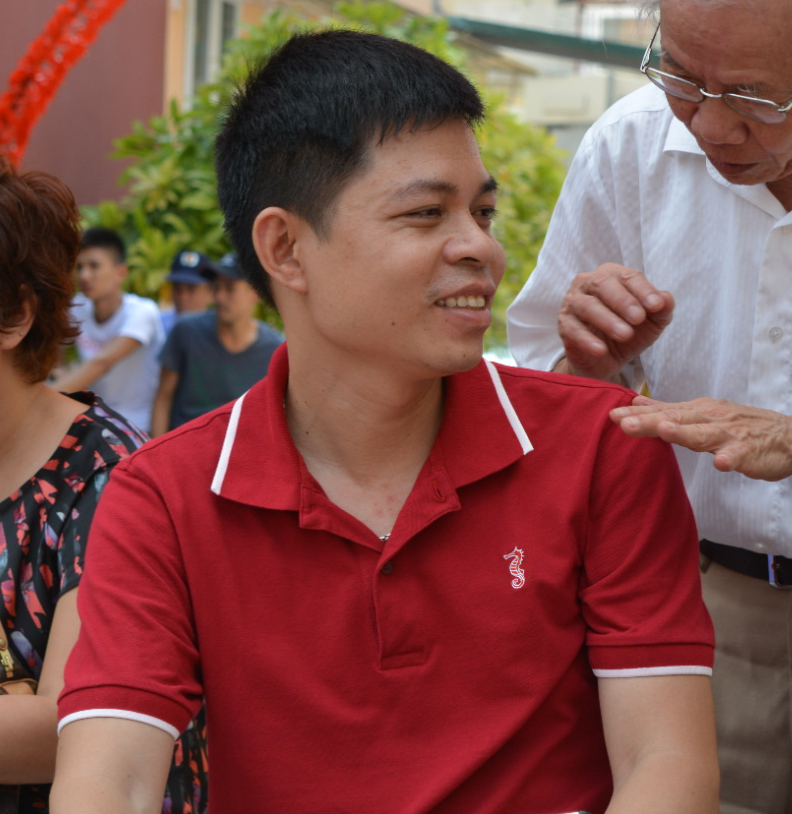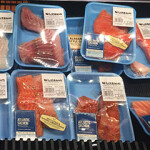Robins McIntosh calls on shrimp industry to “go back to the fundamentals”

The global shrimp industry is confronting various challenges, including falling prices and demand coupled with a rise in feed and production costs.
To survive, Charoen Pokphand Foods Executive Vice President is urging his peers to “go back to the fundamentals.”
McIntosh, who also serves as CEO of Homegrown Shrimp USA, CP Foods’ recirculating aquaculture system shrimp farm in the U.S. state of Florida, was honored with the Lifetime Achievement Award by the Center for Responsible Seafood at the 2023 Shrimp Summit in Ho Chi Minh City, Vietnam, for his steadfast commitment to sustainable shrimp production. His innovations have significantly impacted the global seafood industry, particularly in Southeast Asia, according to CP Foods.
McIntosh’s current work is aimed at dialing in aquaculture technology for commercial shrimp farming, including improving biosecurity through enhancing pathogen control and waste management while minimizing water usage.
But he said the best way to confront industry challenges globally is by taking a simple approach to improving shrimp culture practices and combating diseases.
The shrimp-farming sector, like the entire seafood industry, has undergone a stunning transformation since the 1980s, with advancements in technology and production techniques rapidly boosting both supply and consumption, he said. Its trajectory shifted from a heavy reliance on wild-caught shrimp to a thriving aquaculture scene that eventually surpassed the output of the former production method. Recent challenges, however, including disease outbreaks, market fluctuations, and rising production costs, have called the industry’s profitability into question. McIntosh highlighted these issues in his keynote speech at this year’s Shrimp Summit, hosted by The Center for Responsible Seafood in late July.
Stemming from instances of early mortality syndrome (EMS) in 2012, there has been a clear decline in the quality of water in the South China Sea – a prominent shrimp-farming site – across various fishing zones and within aquaculture sites. The escalating impacts of climate change, which have brought more frequent and intense weather anomalies, further exacerbate the situation.
Rising temperatures have also contributed to elevated Vibrio bacteria levels worldwide, contaminating seafood like oysters and shrimp. The threat presented by Vibrio and other diseases is fundamental to the majority of challenges that the shrimp industry is confronting today, McIntosh said.
Technological advancements have helped combat some of these issues, dramatically increasing global shrimp production in the last 10 years. These upgrades, though, have led to a subsequent rise in production costs, which have actually grown faster than the price shrimp is selling for in the global market, McIntosh claims.
“Our challenge today is [understanding] why, with so much technology, has the industry lost profitability,” McIntosh said. “The increase in technology has driven productivity, and greed has even driven it further. But the costs of shrimp have become greater than the price of the shrimp in the market. That is the equation that has to be reversed.”
According to McIntosh, the industry is exploring a number measures to try to fix its issues, primary among them raising shrimp with enhanced disease resistance. He said while this seems promising, this does nothing to rectify the issue of high production costs. Introducing innovative diets for shrimp causes production costs to rise, and the science behind ensuring robust genetics through generations of shrimp remains difficult to replicate consistently, he said.
“I think one thing that we should do instead of all of these other things is go back to the fundamentals,” McIntosh said. “We talked about technology, but … the fundamentals of carrying capacity, the fundamentals of management of feed and pond environment, [and] the biosecurity of the system and healthy seed that you stock [are all essential].”
The carrying capacity of a pond refers to the maximum biomass a pond can sustain without a stock succumbing to diseases or other complications. An extensive pond would have a lower carrying capacity compared to a well-aerated pond, while intensive indoor setups often possess higher carrying capacities due to farmers’ ability to control water conditions effectively, thus reducing stress on shrimp.
Presently, the carrying capacity in shrimp farming across the sector is reaching a breaking point, McIntosh said.
“One thing we noticed in shrimp-farming history is when a farm goes into a location [and] becomes successful, everybody piles into that location. Pretty soon … you’ve lost control of the environment,” McIntosh said.
McIntosh stressed the importance of maintaining healthy shrimp through proper biosecurity measures and stress reduction. Stress can weaken shrimp immune systems and make them more susceptible to diseases. He suggested healthy shrimp are not merely those without pathogens but those that remain in a non-stressed state.
Reiterating the industry’s current reliance on technological advancements, McIntosh said while technology and innovation can be beneficial, equally important are ...
Photo courtesy of Robins McIntosh/LinkedIn




Share